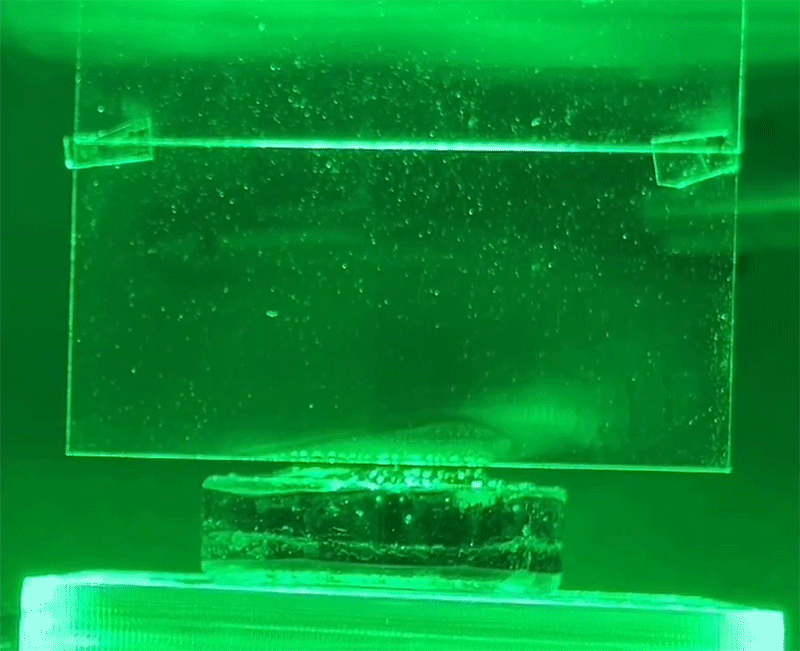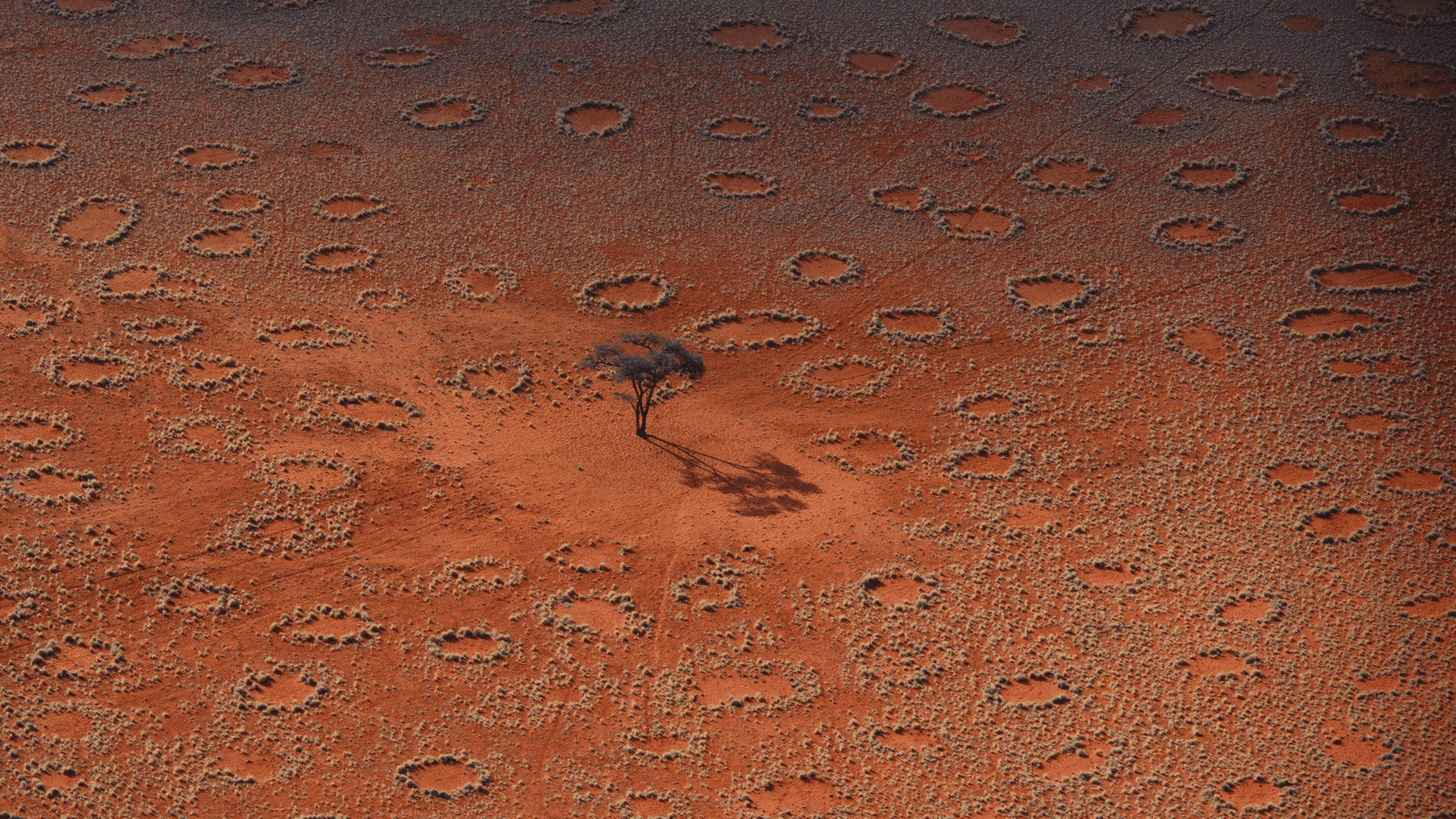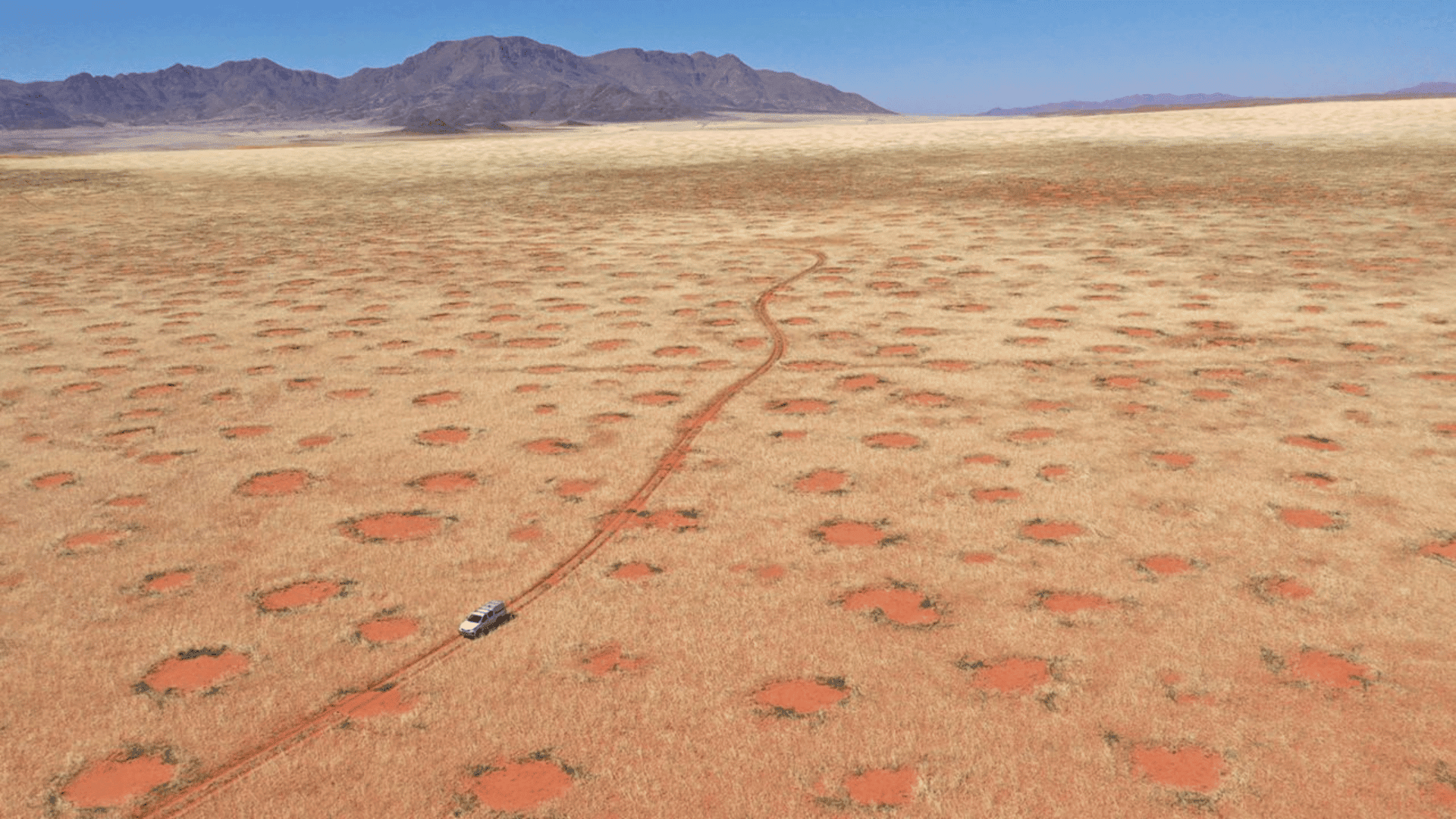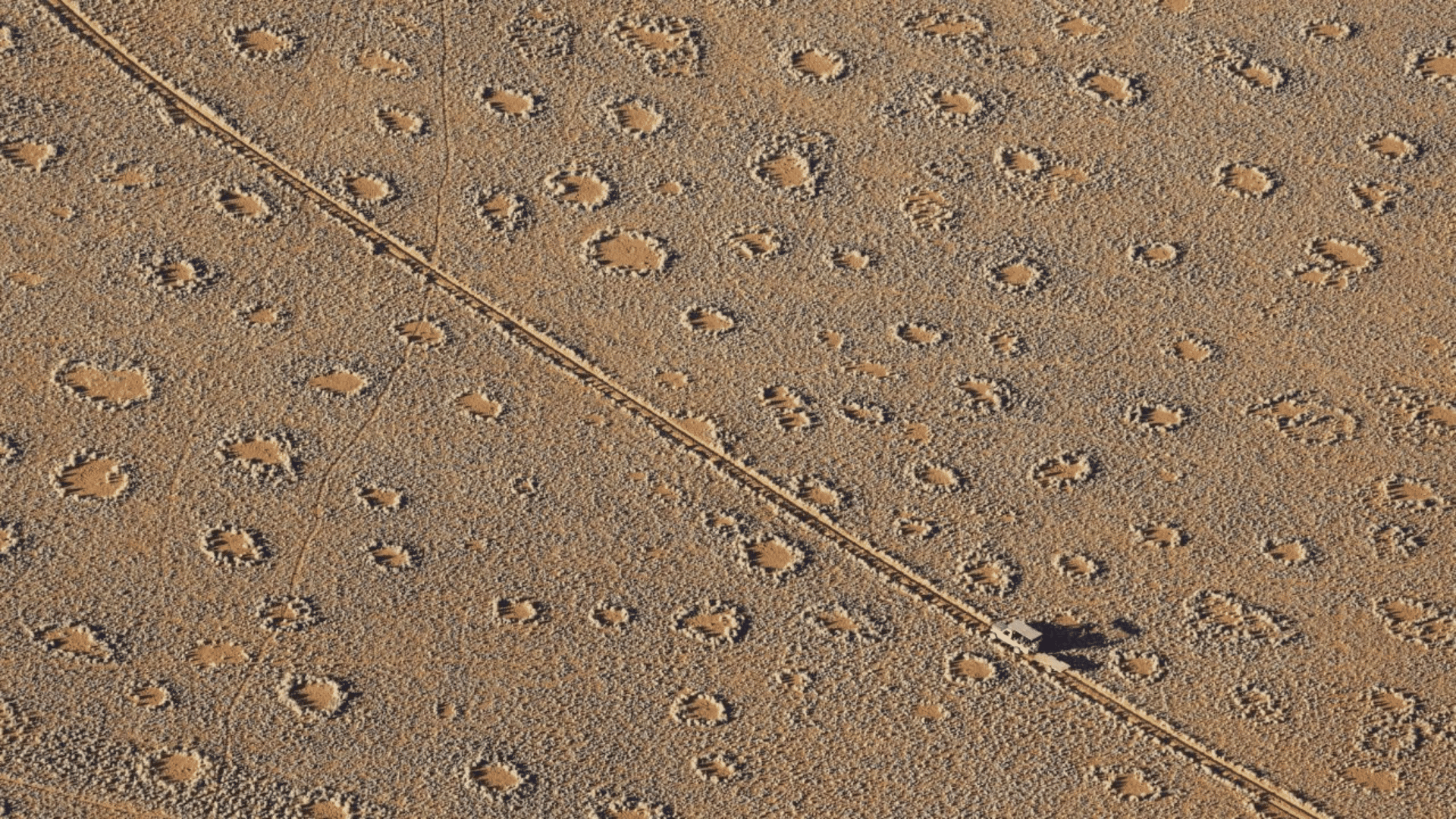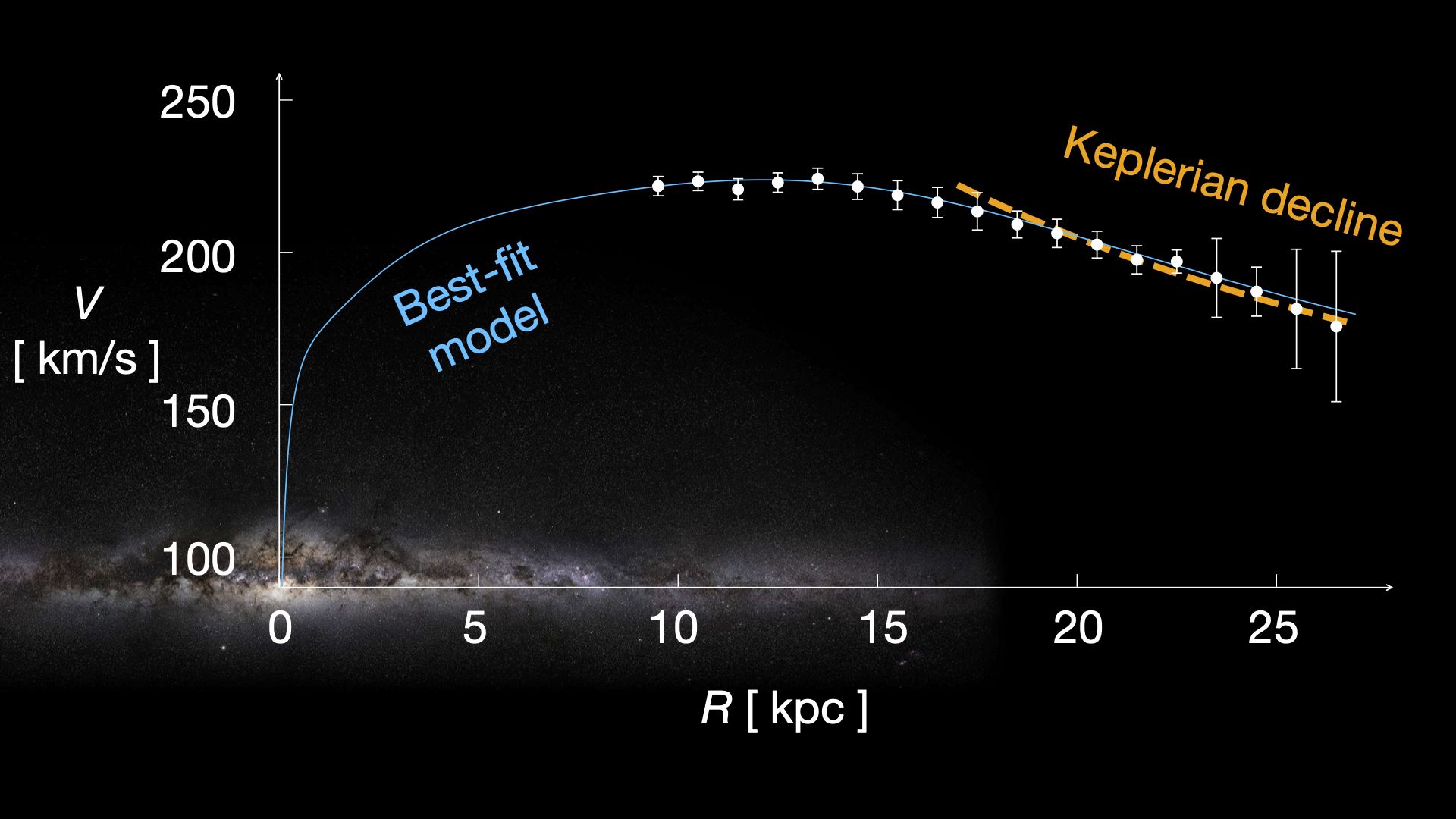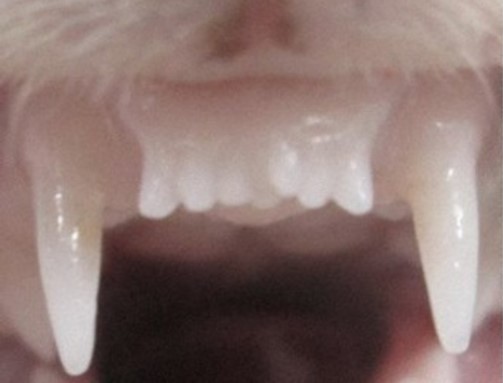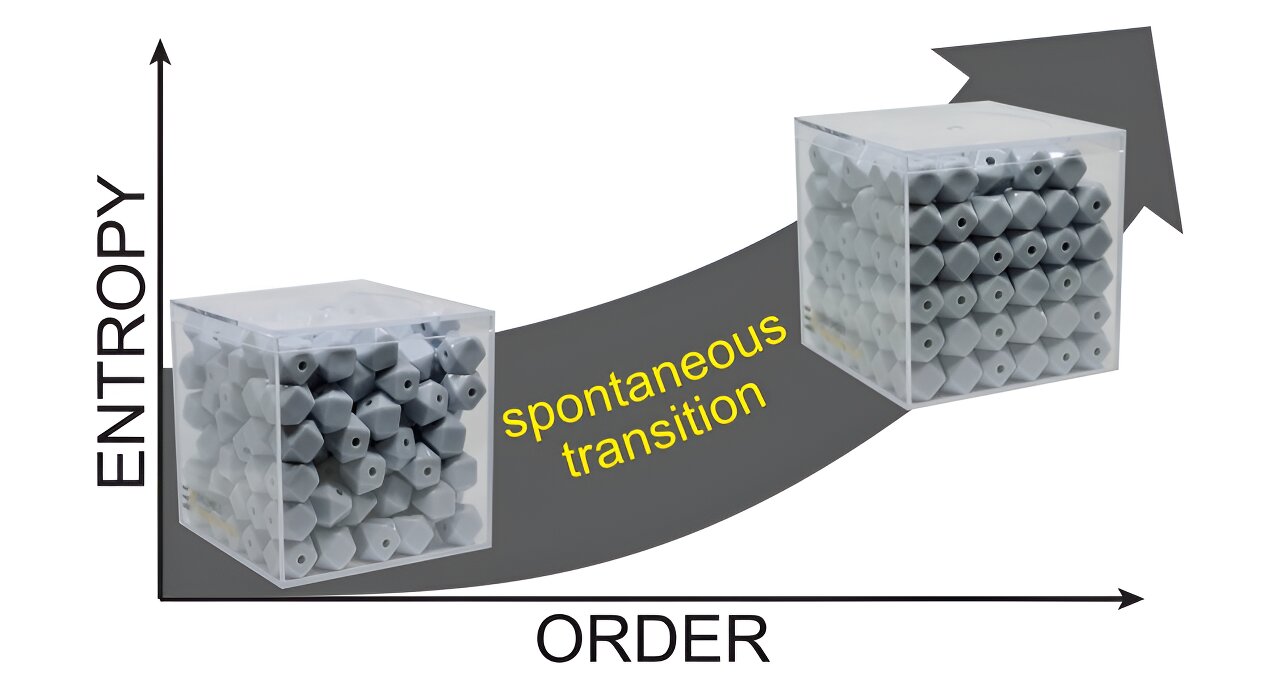The world has reached a pivotal moment as threats from Earth system tipping points – and progress towards positive tipping points – accelerate, a new report shows
- Rapid changes to nature and societies already happening, and more coming
- The report makes six key recommendations to change course fast
- A cascade of positive tipping points would save millions of lives
Humanity is currently on a disastrous trajectory, according to the Global Tipping Points report, the most comprehensive assessment of tipping points ever conducted.
The report makes six key recommendations to change course fast, including coordinated action to trigger positive tipping points.
Behind the report is an international team of more than 200 scientists, coordinated by the University of Exeter, in partnership with Bezos Earth Fund. Centre researchers David Armstrong McKay, Steven Lade, Laura Pereira, and Johan Rockström have all contributed to the report.
A tipping point occurs when a small change sparks an often rapid and irreversible transformation, and the effects can be positive or negative.
Based on an assessment of 26 negative Earth system tipping points, the report concludes “business as usual” is no longer possible – with rapid changes to nature and societies already happening, and more coming.
With global warming now on course to breach 1.5°C, at least five Earth system tipping points are likely to be triggered – including the collapse of major ice sheets and widespread mortality of warm-water coral reefs.
As Earth system tipping points multiply, there is a risk of catastrophic, global-scale loss of capacity to grow staple crops. Without urgent action to halt the climate and ecological crisis, societies will be overwhelmed as the natural world comes apart.
Impacts of physical tipping points could trigger social tipping such as financial destabilization, disruption of social cohesion, and violent conflict that would further amplify impacts on people.
Centre researcher Steven Lade
Positive tipping points
But there are ways forward. Emergency global action – accelerated by leaders meeting now at COP28 – can harness positive tipping points and steer us towards a thriving, sustainable future.
The report authors lay out a out a blueprint for doing this, and says bold, coordinated policies could trigger positive tipping points across multiple sectors including energy, transport, and food.
A cascade of positive tipping points would save millions of lives, billions of people from hardship, trillions of dollars in climate-related damage, and begin restoring the natural world upon which we all depend.
Six key recommendations on global tipping points
- Phase out fossil fuels and land-use emissions now, stopping them well before 2050.
- Strengthen adaptation and “loss and damage” governance, recognising inequality between and within nations.
- Include tipping points in the Global Stocktake (the world’s climate “inventory”) and Nationally Determined Contributions (each country’s efforts to tackle climate change)
- Coordinate policy efforts to trigger positive tipping points.
- Convene an urgent global summit on tipping points.
- Deepen knowledge of tipping points. The research team supports calls for an IPCC Special Report on tipping points.
Source: New report: Tipping point threats and opportunities accelerate – Stockholm Resilience Centre
This report was released at COP28 and is being taken extremely seriously by scientists and news people alike – as it should be. Stuff really does need to happen and it’s positive that there are possibly points that we can use to tip the balance in our favour.
NB the official site is down with a 503 error currently, but the OECD has a copy of the report online.

